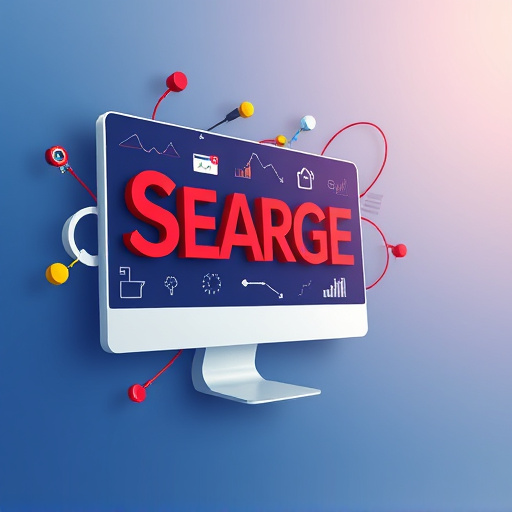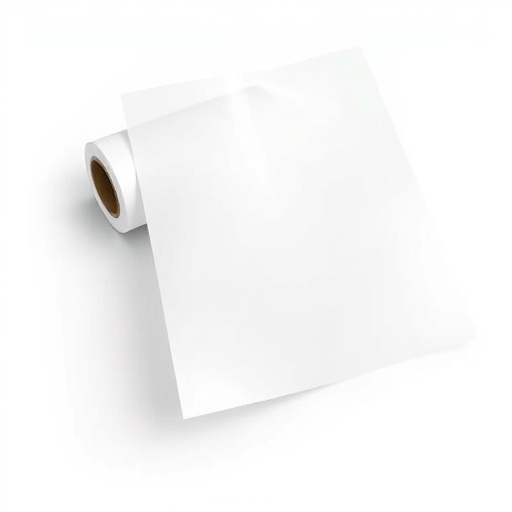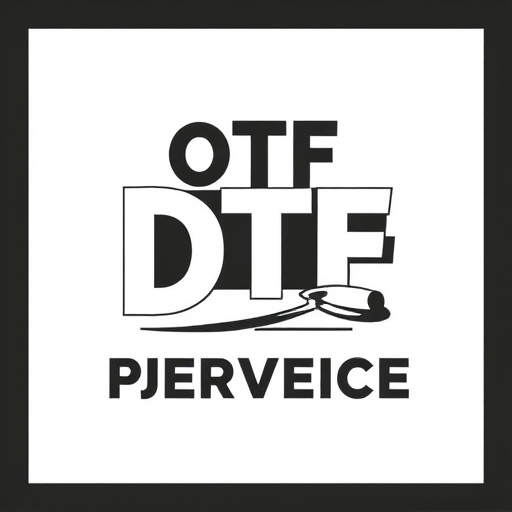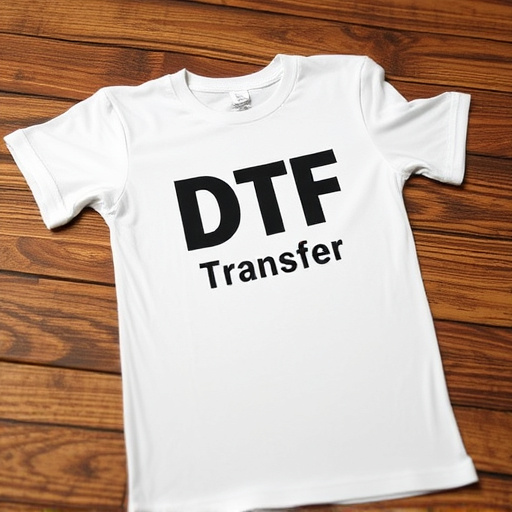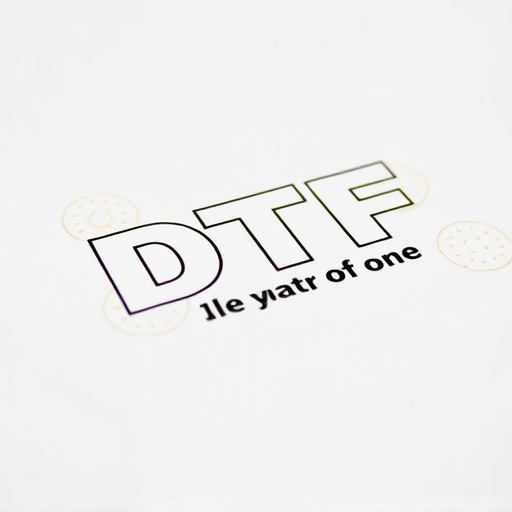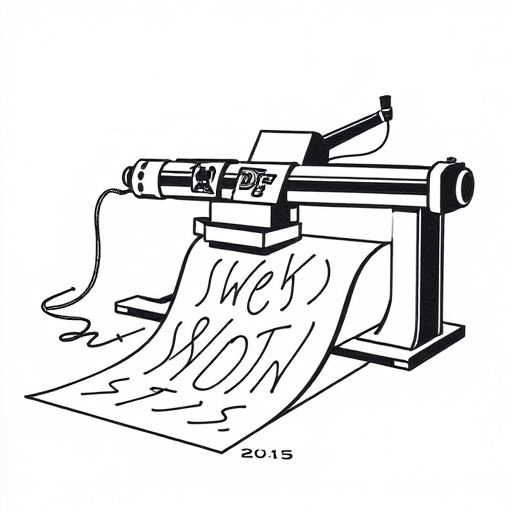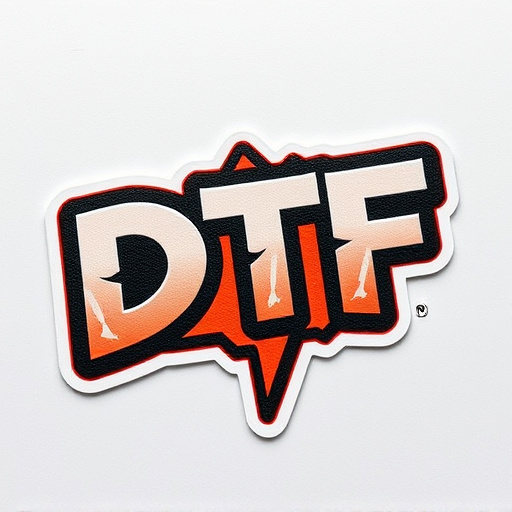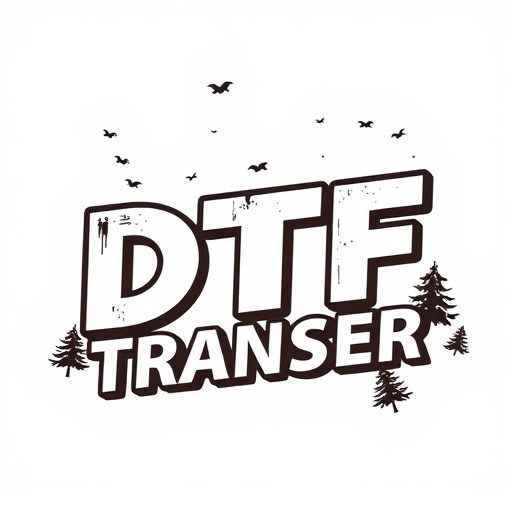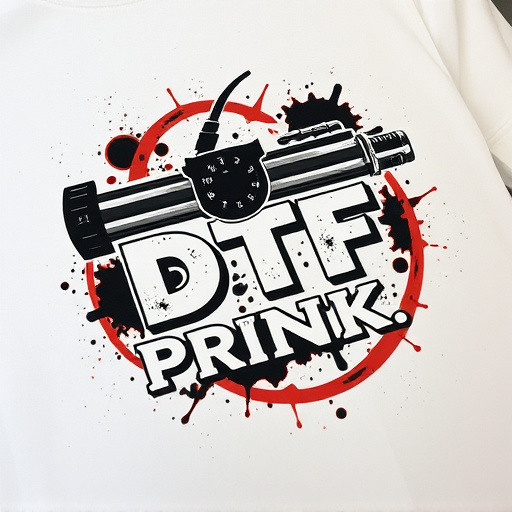Direct-to-Film (DTF) prints offer businesses high-quality, full-color imaging solutions by eliminating traditional printing stages, using advanced inkjet printers to apply pigments directly onto film surfaces. Ideal for branding, advertising, art installations, and packaging, DTF printing is cost-effective and versatile, with streamlined production and reduced waste. DTF Prints provides efficient solutions for bulk promotional materials, signage, and event banners, ensuring consistent brand images. Choosing the right materials (e.g., polyester, cotton) and ink types (water-based, solvent, UV-curable) ensures optimal results. The process involves digital art preparation, printing, inspection, and final cutting/rolling. To maximize impact, create compelling designs aligned with your brand, strategically place prints in public spaces, collaborate with influencers, and leverage social media. DTF prints are a game-changer for businesses across diverse industries, demonstrating versatility and success through case studies.
“Unlocking the power of direct-to-film (DTF) prints, this comprehensive guide explores how businesses can leverage large-quantity orders for impactful marketing and branding. DTF technology offers vibrant, durable solutions, allowing companies to create custom designs on a variety of surfaces. From understanding the fundamentals of DTF prints to mastering order placement, this article provides insights into the benefits, material choices, and creative applications that make bulk DTF prints a game-changer for business visibility. Discover how successful case studies demonstrate the effectiveness of these innovative marketing tools.”
- Understanding Direct-to-Film (DTF) Prints: A Brief Overview
- Benefits of Large Quantity DTF Prints for Businesses
- Choosing the Right Materials for Your Order
- The Process: From Design to Final Product
- Tips for Effective Marketing with Custom DTF Prints
- Case Studies: Successful DTF Print Orders in Action
Understanding Direct-to-Film (DTF) Prints: A Brief Overview
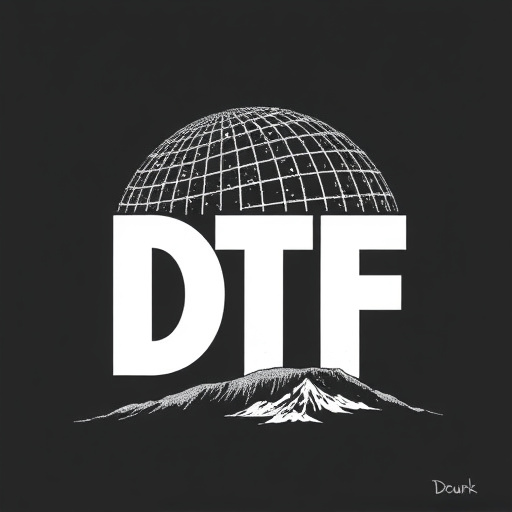
Direct-to-Film (DTF) prints are a cutting-edge technology that allows businesses to produce high-quality, full-color images directly on various film surfaces. This innovative process bypasses traditional printing methods by skipping the intermediate stages of digital filing and plate making. Instead, DTF systems use advanced inkjet printers to apply pigment inks or dyes directly onto the chosen film, offering exceptional detail and color accuracy.
The versatility of DTF Prints is one of its standout features. Businesses can utilize this technology for a wide range of applications, including branding, advertising, art installations, and even specialized packaging. The direct application of ink ensures that films, such as vinyl or polyester, become vibrant canvases, enabling the creation of distinctive, eye-catching visuals. Moreover, DTF printing is particularly advantageous for bulk orders as it streamlines production, reduces waste, and offers cost-effectiveness without compromising on quality.
Benefits of Large Quantity DTF Prints for Businesses
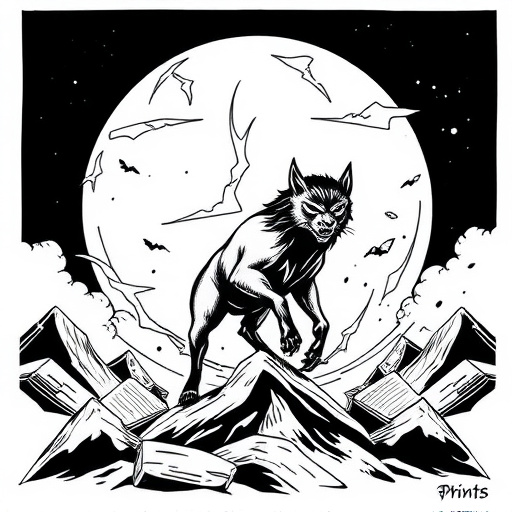
For businesses looking to enhance their marketing strategies, DTF Prints offer a cost-effective and efficient solution. One of the primary benefits is the ability to produce high-quality, custom graphics in large volumes quickly. This is particularly advantageous for companies that need to print promotional materials, signage, or event banners in bulk, ensuring a consistent brand image across all touchpoints.
Additionally, DTF Prints provide businesses with the flexibility to adapt and personalize their content swiftly. With direct-to-film technology, designs can be effortlessly modified and reprinted, allowing companies to stay agile in response to changing market demands or customer preferences. This agility, coupled with high-quality output, enables businesses to maximize their marketing impact and create a lasting impression.
Choosing the Right Materials for Your Order

When placing a large quantity order for direct-to-film (DTF) transfers, selecting the suitable materials is a strategic decision that impacts both quality and cost efficiency. Consider the nature of your business and intended use for the DTF prints. For instance, if you’re in the apparel industry, choosing high-quality, durable fabrics like polyester or cotton ensures your screen-printed designs withstand wear and tear. On the other hand, promotional items might benefit from cost-effective options like paper or plastic, depending on the event or campaign.
The material selection process should also factor in printing requirements. Different substrates have varying compatibility with ink types, such as water-based, solvent, or UV-curable inks. Ensure that your chosen materials are compatible with your desired printing technology to achieve optimal results and prevent issues like ink bleeding, fading, or poor adhesion.
The Process: From Design to Final Product
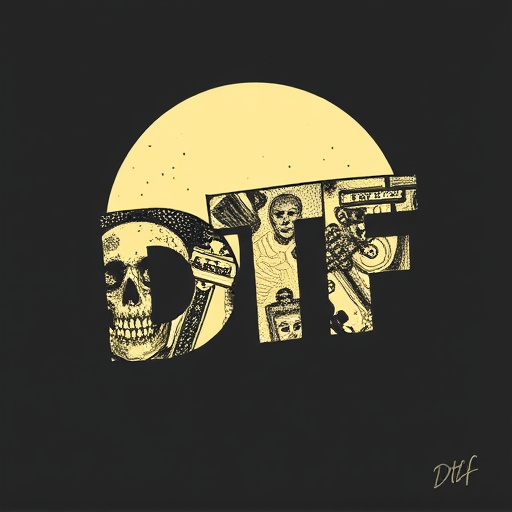
The process of creating large-scale direct-to-film (DTF) prints for businesses involves several meticulous steps, ensuring each detail aligns with the client’s vision. It begins with design, where concepts are transformed into digital artwork, meticulously prepared for printing. This stage is crucial, as it sets the foundation for the final product’s quality. Once approved, the designs are then converted into a format compatible with DTF printers.
The next phase includes setting up the printer and preparing the film. Skilled technicians load the design onto the printer, adjust settings, and initiate the printing process. The printer precisely deposits ink onto the film, layer by layer, creating intricate patterns and vibrant colors. After printing, the film undergoes careful inspection to guarantee accuracy and quality. Any defects are promptly addressed to maintain consistency. Finally, the printed film is carefully rolled or cut according to specifications, ready for application onto various surfaces, ensuring a seamless transition from design concept to the final, high-quality DTF print product.
Tips for Effective Marketing with Custom DTF Prints
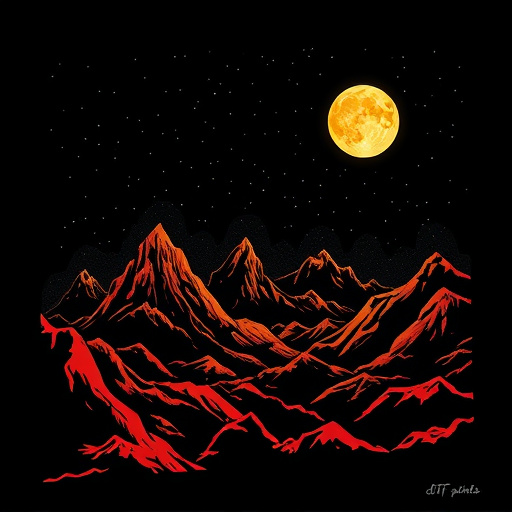
Direct-to-film (DTF) prints offer a unique and engaging way for businesses to market themselves, especially when placing large orders. To maximize their impact, consider these tips. Firstly, utilize visually appealing designs that align with your brand identity; vibrant colors and high-quality images can attract attention and leave a lasting impression. Secondly, ensure the prints are diverse yet cohesive; offer a range of options to cater to different customer preferences while maintaining a unified brand message.
Additionally, think beyond traditional marketing channels. DTF Prints can be strategically placed in public spaces, events, or as part of pop-up experiences, creating an immersive brand encounter. Collaborating with influencers or local businesses for joint promotions is another innovative approach. Leveraging social media platforms to showcase these prints in action will also enhance their effectiveness, generating buzz and driving engagement.
Case Studies: Successful DTF Print Orders in Action
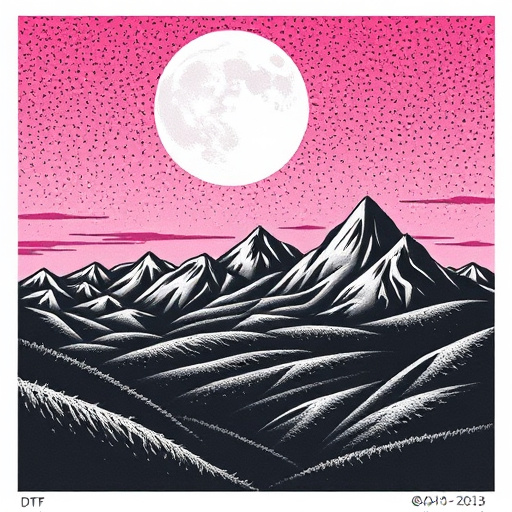
Direct-to-film (DTF) print orders have proven to be a game-changer for many businesses, offering high-quality, on-demand printing solutions. Case studies across various industries highlight the success and versatility of DTF technology. For instance, clothing brands have utilized DTF prints to create unique, limited-edition collections, appealing to fashion-forward consumers who appreciate one-of-a-kind pieces. These orders often involve intricate designs and vibrant colors, showcasing the exceptional detail and precision that DTF printing can achieve.
Another successful application is in the event management sector. Companies specializing in experiential marketing have adopted DTF prints for creating immersive experiences. This includes designing custom backdrops, props, and displays for trade shows, pop-up stores, and themed events. The speed and efficiency of DTF printing enable businesses to respond promptly to last-minute requests, ensuring that their events stand out and leave a lasting impression.


